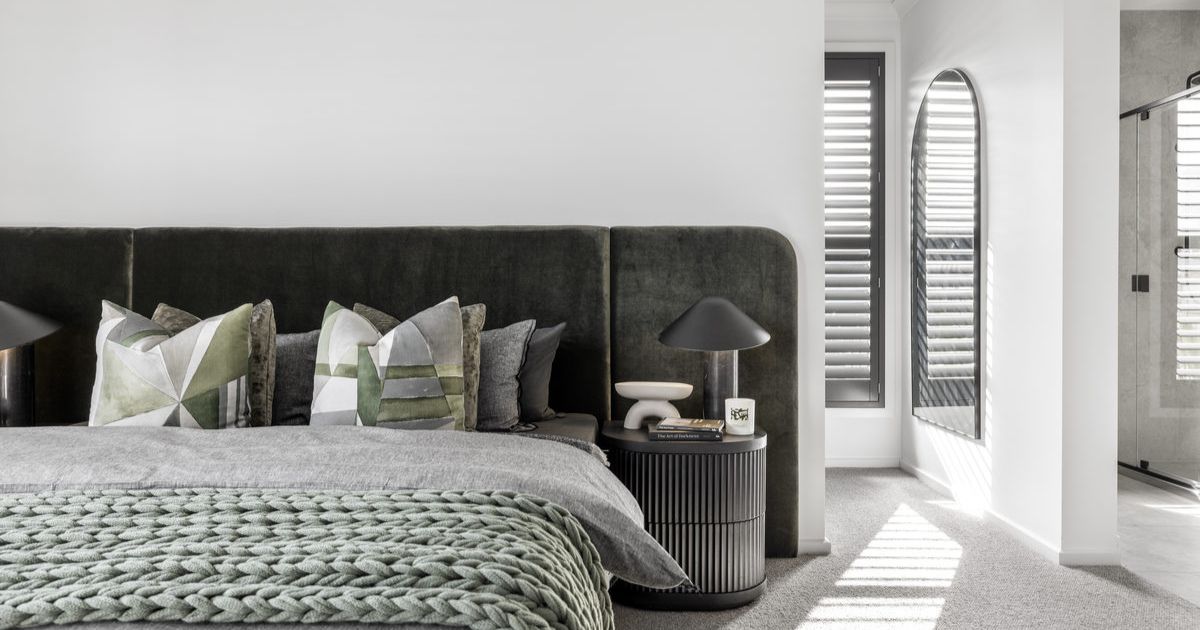Suburb by suburb snapshot – Bendigo Central
The size of central Bendigo is approximately 5.5 square kilometres and has six parks covering nearly 6.9 per cent of total area.
The population of central Bendigo in 2011 was 5774 people and by the 2016 Census the population is was down to 5534, showing a decline of 4.2 per cent in the area during that time.
The discovery of gold in 1851 put Bendigo on the map, with 15,000 people moving there is just three years, drawing migrants from throughout the UK, Germany, America and China.
A direct rail link to Melbourne in 1862, and to Echuca to the north on the Murray River by 1864, opened up a major corridor for passengers and freight.
As in all gold rush towns, there were hotels a plenty along with local industries, including brewing and flour milling, catering to the rapidly growing population.
Many of the grander commercial buildings remain, most notably the imposing Shamrock Hotel, built in 1897.
It is diagonally opposite an equally imposing Post Office which now caters to goldfield tourists.
Bendigo suffered more than its larger goldfields neighbour Ballarat, from the decline of gold mining in the early twentieth century.
Its population almost halved between 1901 and 1911, falling from 30,774 to 17,883.
From the 1920s gradual population growth took place, with tramways, railways and a soft drinks factory as major employers.
Once mining petered out in the 1940s, Bendigo further developed as a manufacturing hub. Pop culture began to play its part and the city is affectionately remembered as the birthplace of both the Chicko Roll and Four ‘n Twenty pies.
A few tough periods over the course of the 20th century ensued, seeing a slump in manufacturing, the effects of the depression and two world wars, a cultural cringe that blindsided many to Bendigo’s heritage treasures, and a crippling ten-year drought that persisted until the late 2000s.

Today there’s little evidence of those challenges, Bendigo is proud of its story and intent on adding to the chapters with creativity, energy and personality.
Bendigo is a vibrant regional city fostering a strong local food and wine scene, arts and cultural offerings to rival any capital, stunning heritage buildings and gardens, authentic attractions and fun festivals.
CoreLogic data indicates that the predominant age group in Bendigo is 20-29 years with households being primarily childless couples and are likely to be repaying $1400 – $1799 per month on mortgages. In general, people in Bendigo work in a professional occupation.
In 2011, 54 per cent of the homes in Bendigo were owner-occupied compared with 53.7 per cent in 2016.
AGENT PERSPECTIVE:
“The world is spinning at a lightning pace at the moment and we just can’t list property fast enough.
“There hasn’t been any slow in the market even with the onset of winter which is great.
“Property prices are still continuing to climb with unbelievable results happening all the time.
“It is great as an agent getting fantastic outcomes, and in a lot of cases life changing results for vendors, however it is getting harder and harder to appraise properties because the market is moving so quickly the sold comparable properties are outdated within weeks.”
Toby Gray, senior sales associate, Ray White Bendigo
TIDBIT:
Until gold was discovered at Bendigo the locality was part of the Ravenswood or Mt Alexander pastoral run (1840).
Population: 5534
Male: 48.8%
Female: 51.2%
Median age: 42
5-year population change: -4.2%
House median value: $528,000
Change in Median Price: (5yrs) is 44.7%
Median asking rent per week: $370
Average length of ownership: 12 years
Owner occupiers:56%
Renters: 44%
House median sale price:
March 2021: $517,500
March 2020: $413,000
March 2019: $389,250
March 2018: $380,000
March 2017: $433,000
House sales per annum:
Period ending March 2021: 126
Period ending March 2020: 121
Land median sale price:
March 2021: N/A
March 2020: N/A
Land sales per annum:
Period ending March 2021: 12
Period ending March 2020: 3



















